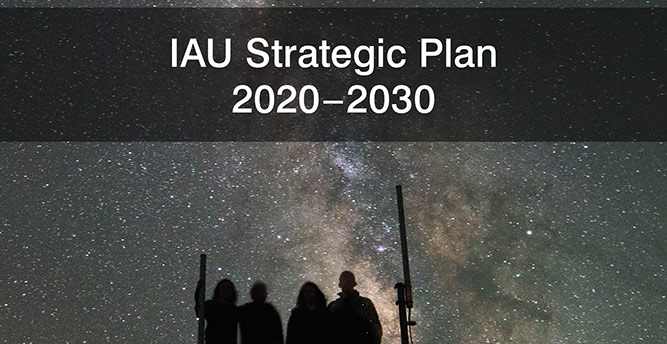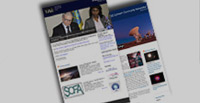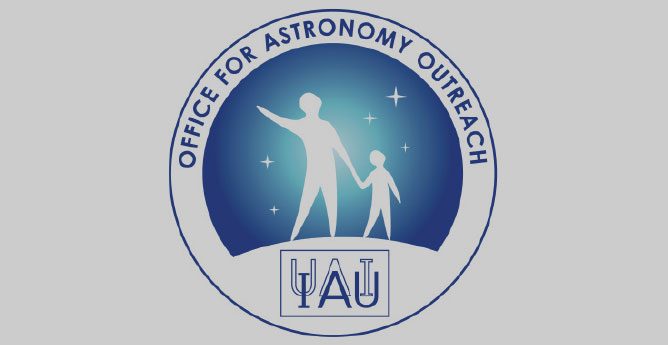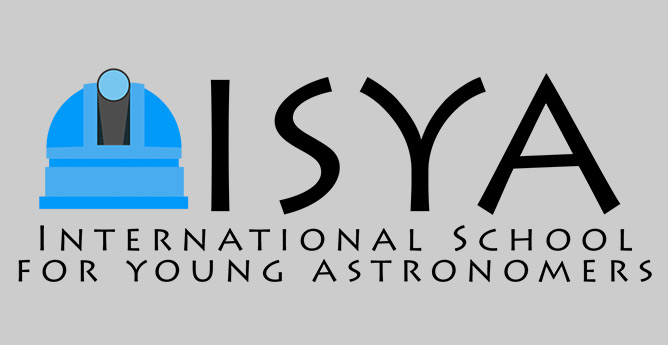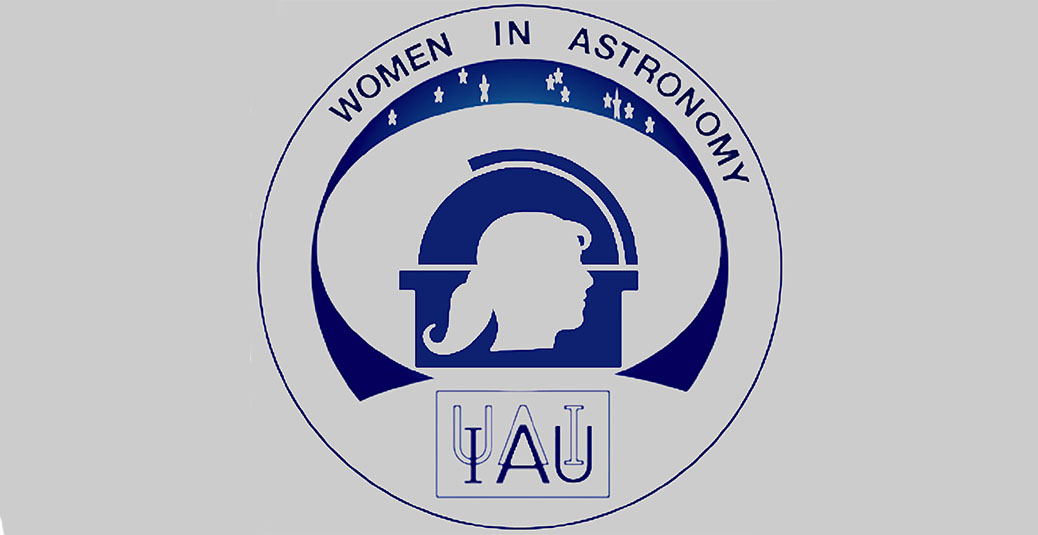- News
- Science
- Scientific Bodies
- Divisions
- Commissions
- Commission A1 Structure
- Commission A2 Structure
- Commission A3 Structure
- Commission A4 Structure
- Commission B1 Structure
- Commission B2 Structure
- Commission B3 Structure
- Commission B4 Structure
- Commission B5 Structure
- Commission B6 Structure
- Commission B7 Structure
- Commission C1 Structure
- Commission C2 Structure
- Commission C3 Structure
- Commission C4 Structure
- Commission C5 Structure
- Commission D1 Structure
- Commission E1 Structure
- Commission E2 Structure
- Commission E3 Structure
- Commission E4 Structure
- Commission F1 Structure
- Commission F2 Structure
- Commission F3 Structure
- Commission F4 Structure
- Commission G1 Structure
- Commission G2 Structure
- Commission G3 Structure
- Commission G4 Structure
- Commission G5 Structure
- Commission H1 Structure
- Commission H2 Structure
- Commission H3 Structure
- Commission H4 Structure
- Commission J1 Structure
- Commission J2 Structure
- Commission J3 Structure
- Commission X1 Structure
- Commission X2 Structure
- Past Commission Organising Committees
- Working Groups
- Centres
- Scientific Meetings
- Rules & Guidelines
- General Assemblies
- Meeting Proposals
- Future IAU Meetings
- General Assemblies
- EC Meetings
- Officers' Meetings
- Regional Meetings
- Symposia
- Focus Meetings
- Institutional Meetings
- IAU Offices Meetings
- IAU-Sponsored Meetings
- Letters of Intent submitted for 2024
- Letters of Intent submitted for 2023
- Letters of Intent submitted for 2022
- Letters of Intent submitted for 2021
- Letters of Intent submitted for 2020
- Past IAU Meetings
- Templates
- Other Meetings
- Grants & Prizes
- Scientific Bodies
- Publications
- IAU Publications
- IAU Strategic Plan
- Symposia
- WGSBN Bulletins
- Regional Meetings
- Information Bulletins/Catalyst
- E-Newsletters
- Focus Meetings
- Transactions A
- Transactions B
- Related Publications
- GA Newspapers
- CAPjournal
- IAU Books
- Brochures
- IAU Offices
- WG Reports
- Commission Reports
- Division Reports
- Past IAU Publications
- Rules, Guidelines and Instructions for Proceedings
- Publishers
- IAU Publications
- Administration
- About the IAU
- Statutes & Rules
- IAU Policies
- IAU Executive Bodies
- IAU Secretariat
- Resolutions
- Members Administration
- Administrative Dates & Deadlines
- International Organisations Relations
- Donate to the IAU
- Training in Astronomy
- Astronomy for Education
- Astronomy for Development
- Astronomy for the Public
- Office for Astronomy Outreach
- FAQ
- Themes
- Satellite Constellations
- Astronomy in Everyday Life
- How to Report a Discovery
- Careers in Astronomy
- Defining our Place in the Cosmos
- The Constellations
- Light Pollution
- Measuring the Universe
- Near Earth Objects
- How to Participate in Astronomy Research
- Naming of Astronomical Objects
- Naming of Exoplanets
- Buying Star Names
- Naming Stars
- Pluto and the Solar System
- IAU Member Statistics
- Our Moon: the Moon
- Meteors & Meteorites: The IAU Definitions of Meteor Terms
- UNESCO-IAU Portal to the Heritage of Astronomy
- Social Media
- Past Events
- Call for Online Resources
- Astronomy@Home Awards
- Contact
IAU Symposia
IAUS 329: The Lives and Death-Throes of Massive Stars
Start date/time
November 28, 2016
End date/time
December 2, 2016
Place
Auckland,
New Zealand
Contact
John Eldridge
j.eldridge@auckland.ac.nz
Event website
Coordinating Division
Division C Education, Outreach and Heritage, Division D High Energy Phenomena and Fundamental Physics, Division G Stars and Stellar Physics, Division H Interstellar Matter and Local Universe, Division J Galaxies and Cosmology
| Co-Chairs of SOC: | Dr JJ Eldridge (University of Auckland) |
| Prof. Margaret M. Hanson (University of Cincinnati) | |
| Dr Artemio Herrero (Instituto de Astrofísica de Canarias) | |
| Chair of LOC: | Dr JJ Eldridge (University of Auckland) |
Topics
- new results from large-scale surveys at different wavelengths and techniques for massive stars and supernovae
- new observational techniques and instrumentation for massive stars and supernovae
- the link between massive stars and their deaths (core-collapse and other SNe)
- short-lived phases of massive stars (LBVs, WRs and RSGs) and their characteristics as supernova progenitors
- constraints on the nucleosynthesis production in supernovae and the production of dust
- explosion mechanisms of supernovae and the parameters required for a successful explosion
- well established facts and open problems in our knowledge of massive stars
- challenges to present theoretical models: 2D and 3D models of interior and atmospheres
- massive stars as astrophysical tools: tracing the Milky Way and other galaxies structure; limits to our interpretation of the high-z Universe
Rationale
Dr. J. Puls, IAU Commission 36 President
Dr. I. Ribas, IAU Division G President
Dr. T. Montmerle, IAU Assistant General Secretary
Re: Letter-of-Intent for an IAU Symposium on "The lives and death-throes of massive stars" to be held on New Zealand in late 2016.
IAU Division: Massive Stars Working Group
Dear colleagues,
Research on Massive Stars is undergoing a period of rapid progress. While these stars are relatively few in number they are the main driver of chemical and dynamical evolution in galaxies via their stellar winds and explosive deaths in core-collapse supernovae. Our understanding of massive stars is going through a remarkable time of change with long held convictions being shown to be incomplete. This evidence arises from new research concerning the formation and evolution of massive stars and linking this to their deaths in core-collapse supernovae. Now is a fortuitous time to make significant advances in massive star research. We propose a meeting with the central rationale to bring together the two communities that study massive stars and their supernovae.
The impact of massive stars is widely recognized in many areas. They are often used as tools to interpret the conditions and processes arising in different environments (studies of Galactic structure, chemical and dynamical feedback, population synthesis, Starbursts, high-z galaxies and cosmic reionization). In parallel, the development of new instrumentation, analysis techniques and dedicated surveys across all possible wavelengths have delivered large amounts of exquisite new data. This data is now providing a harsh test for the current state-of-the-art theoretical calculations of massive star birth, evolution and death.
We are beginning to gain some measure of success understanding how complex phenomena such as magnetic fields, pulsations, rotation, mergers and multiplicity act within massive stars. This enables us to revolutionize our understanding of short-lived and enigmatic phases such as seen in Wolf-Rayet stars, Red Supergiants, the Luminous Blue Variables and B-Supergiants. But at the same time, mysteries persist surrounding these phases and the supernovae produced by these stars. For example there is growing evidence that all these stars, except the Wolf-Rayet stars, give rise to supernovae.
Finally, while we know individual stars are important, the impact of massive star populations via their evolution and death, including the influence of X-ray and gamma-ray binaries, is of high interest to those studying the high-z Universe. Locating the source of photons needed to reionize the early Universe remains unsolved. Uncertainties in our understanding of massive star populations impacts our interpretation of galaxies at the edge of the observable Universe and how the Universe became transparent.
In view of recent developments and the significant impact massive stars have in the broader community, a new IAU Symposium in late 2016 is proposed. The meeting will summarize recent progress and establish stronger links between the massive star community and closely-linked fields, particularly those studying end stages of massive star evolution and massive star cosmic implications.
In particular we plan to address the following topics:
- new results from large-scale surveys at different wavelengths and techniques for massive stars (e.g. influence of rotation, multiplicity fractions, asteroseismology, magnetic fields, high-energy detections, polarization, interferometry) and supernovae (e.g. relative rates of different types, peculiar new classes of events, most energetic and least luminous events)
- new observational techniques and instrumentation for massive stars (e.g. interferometry, astereoseismology) and supernovae (e.g. polarization and light echos)
- the link between massive stars and their deaths (core-collapse and other SNe and GRBs; progenitors of black holes, neutron stars and magnetars)
- short-lived phases of massive stars (LBVs, WRs and RSGs) and their characteristics as supernova progenitors
- constraints on the nucleosynthesis production in supernovae and the production of dust
- explosion mechanisms of supernovae and the parameters required for a successful explosion
- well established facts and open problems in our knowledge of massive stars, particularly in the so-thought well understood phases
- challenges to present theoretical models of interior and atmospheres; connecting interior and atmospheres; wind structure; episodic mass-loss mechanisms; binaries in interaction; gamma-ray production
- massive stars as astrophysical tools: tracing galaxies' structure; tracers of star formation; feedback from massive stars; population synthesis; limits to our interpretation of the high-z Universe; cosmic reionization; first stars and galaxies.
Dr J.J. Eldridge (University of Auckland) and Prof Margaret Hanson (University of Cincinnati) will act as co-chairs of the SOC. The MSWG will assist in the preparation of the final proposal and will pay special attention to guarantee scientific, geographical and gender diversity balance in the SOC following the ICSU rules for universality in science. This aim for diversity and balance will be carried through to selection of invited speakers and session chairs. We will also consider the particular importance to early career astronomers of presenting their work at this significant large scale meeting.
The massive star community has traditionally held IAU Symposia with a frequency of 4-5 years (Argentina, 1971; Canada, 1978; Mexico, 1981; Greece, 1985; Indonesia, 1990; Italy, 1994; Mexico, 1998; Spain, 2002; USA, 2007). More recently, a last meeting was held in Greece in June 2013, without IAU sponsorship, but with great success (225 participants from 27 countries). Seeking for a long-term geographical balance, the IAU MSWG selected New Zealand as location for this meeting among a total of seven proposals. We hope that the selection of this venue will allow greater participation by countries in the Asia and Pacific area.
Dr J.J. Eldridge will also serve as chair of the LOC and will be supported by the Department of Physics of the University of Auckland. The department is growing rapidly and currently has more than 30 full time faculty members of which 3 are full time astronomers. We currently have several astrophysics PhD students who will be in Auckland at the time of the conference. Preparations are well underway with the final venue in Auckland to be selected shortly. We believe it is important to use this rare opportunity to promote Astrophysics and Astronomy among the students, teachers and interested people in New Zealand and plan an active outreach program. We plan to organize school and public talks and outreach activities carried out by the participants in collaboration with local interested people.
We intend to submit the scientific case for the symposium to IAU Divisions C ((Education, outreach and Heritage), D (High Energy Phenomena and Fundamental Physics), G (Stars and Stellar Physics), H (Interstellar Matter and Local Universe) and J (Galaxies and Cosmology), as well as Commissions C26 (Double and Multiple Stars), C28 (Galaxies), C29 (Stellar Spectra), C33 (Structure and Dynamics of the Galactic System), C34 (Interstellar Matter), C35 (Stellar Constitution), C36 (Theory of Stellar Atmospheres), C37 (Stellar Clusters and Associations), C44 (Space and High Energy Astrophysics), C47 (Cosmology) and C55 (Communicating Astronomy with the Public).


